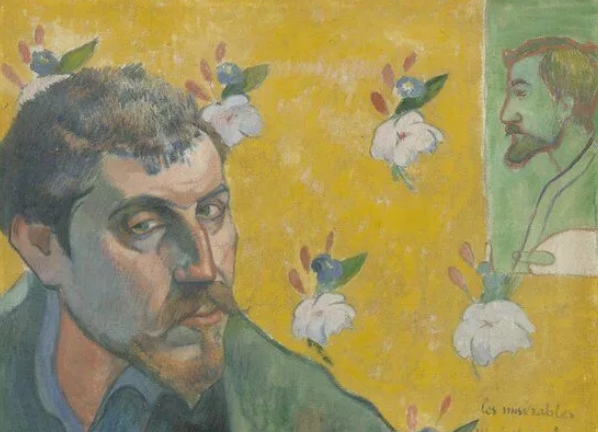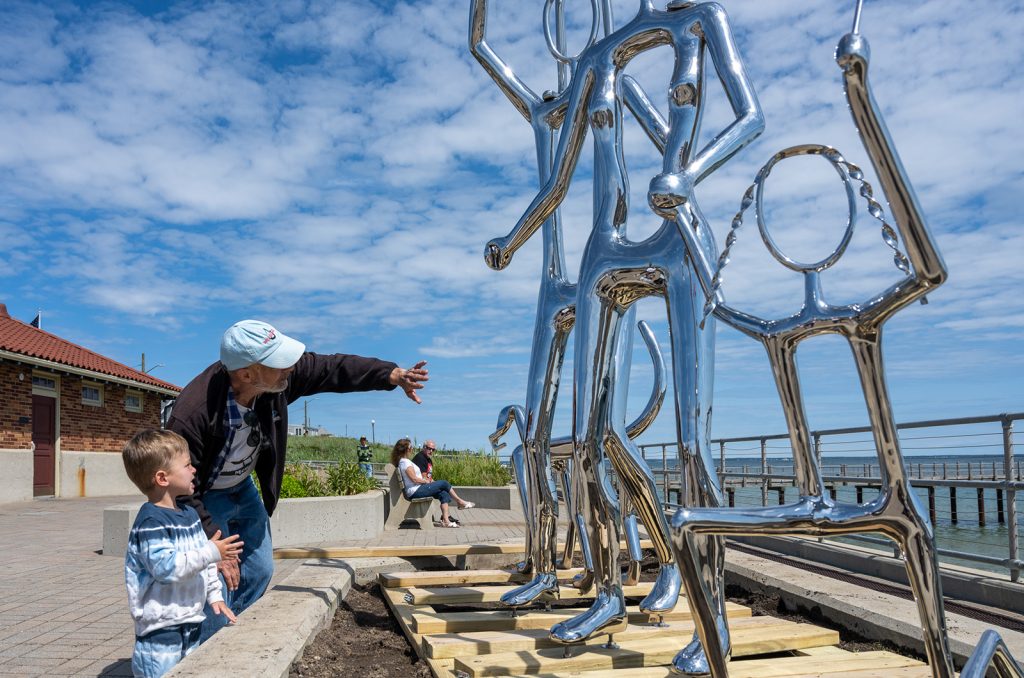The complex relationship between Paul Gauguin and Vincent van Gogh has captivated art enthusiasts for decades. Both artists were pioneers of the Post-Impressionist movement, known for their bold use of color and innovative techniques. Their collaboration and friendship, however, was fraught with tension and conflicting personalities.
Meeting of Genius Minds
Gauguin and van Gogh first met in Paris in 1887, where they quickly bonded over their shared passion for art. Both artists admired each other’s work and exchanged ideas on color, composition, and technique. Their friendship deepened as they embarked on painting excursions together, exploring the picturesque landscapes of Arles in the south of France.
Clashing Personalities
Despite their mutual admiration, Gauguin and van Gogh were polar opposites in terms of personality. Gauguin was known for his strong-willed and domineering nature, while van Gogh was more fragile and prone to emotional outbursts. Their differing temperaments often led to heated arguments and conflicts, causing strain on their relationship.
The Yellow House Incident
One of the most infamous episodes in the Gauguin-van Gogh saga occurred at the Yellow House in Arles. Sharing a studio space, the two artists experienced a series of quarrels and disagreements, culminating in a violent altercation in which van Gogh famously severed his own ear. This dramatic incident marked a turning point in their friendship and ultimately led to their separation.
Legacy of Influence
Despite the tumultuous end to their partnership, Gauguin and van Gogh’s artistic collaboration left a lasting impact on the world of modern art. Their innovative techniques and bold use of color paved the way for future generations of artists, inspiring new movements such as Fauvism and Expressionism. Their intricate relationship continues to be a fascinating subject of study and speculation, shedding light on the complexities of artistic genius and human interaction.


